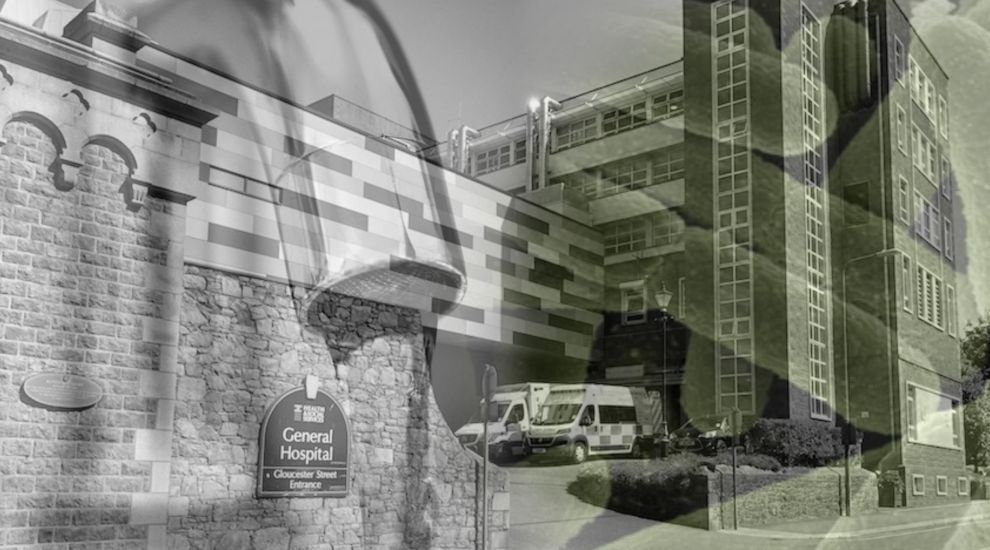

An illness-causing bacteria is being found in the water supply of “key areas” of the hospital on a daily basis.
The risks of legionella are being managed by medical staff, Group Managing Director of Health Services Robert Sainsbury says, but the process is onerous and only likely to get more difficult as the facility ages further during the wait for a new hospital to be built.
In the latest instalment of Express’ series ‘Inside the Future Hospital waiting room’, he explained the problem further…
Legionella bacteria can cause various illnesses including a mild-flu like illness called Pontiac fever and a severe and possibly fatal lung infection known as Legionnaire's, with elderly people, smokers and those who are severely ill most at risk.

Pictured: Legionella is most commonly found in water.
It’s commonly found in water, tending to multiply in temperatures between 20 and 45 degrees and particularly when water is stagnant. Old piping, therefore, can often be a hotspot for the nasty bacteria.
Given the age of the current hospital building, it’s now fallen victim to legionella in the water supply of “key areas” – something not ideal in a zone that would experience difficulty containing an infection outbreak due to a lack of isolation chambers.
Right now, the likelihood of anyone getting ill remains low because the risks are being properly managed, Mr Sainsbury said, but the fact legionella is present at all is still a concern.
“We’ve got good plans in place to manage that. You often get that with an old estate… [but] it is quite operationally intensive – it requires a lot of diligence from the staff, it requires a lot of testing of the water, it requires a lot of microbiology and a lot of time and a lot of effort.”

Pictured: Mr Sainsbury wants nurses to be able to focus on caring for people, rather than managing the risks of legionella and conducting "intensive" tests.
He described testing and risk management procedures as “intensive”, detailing a near-daily tap flushing procedure and temperature test with the potential to hamper the “seamless” delivery of care within the hospital.
“I can see how staff have had to make do with the current layout that they have and we’ve had to work differently to manage what is an add-on and an add-on… This is requiring staff and people to have to undertake additional activities on a regular basis to ensure that the water quality is safe.
“When you’re in an operational hospital environment, you want to focus yourself on delivering care and want things like that to be more automated and more assured through your system rather than it needing to be so manual.”
Making things “more automated” could be something offered by a fresh hospital – either on the current site or elsewhere – which Mr Sainsbury said would be extremely beneficial in allowing medical staff to concentrate on their roles.

Pictured: Robert Sainsbury, Group Managing Director of Health Services.
“Obviously a new facility and different alternating mechanisms in place would certainly save more operational time," he said.
READ MORE FROM THIS SERIES:
Comments
Comments on this story express the views of the commentator only, not Bailiwick Publishing. We are unable to guarantee the accuracy of any of those comments.